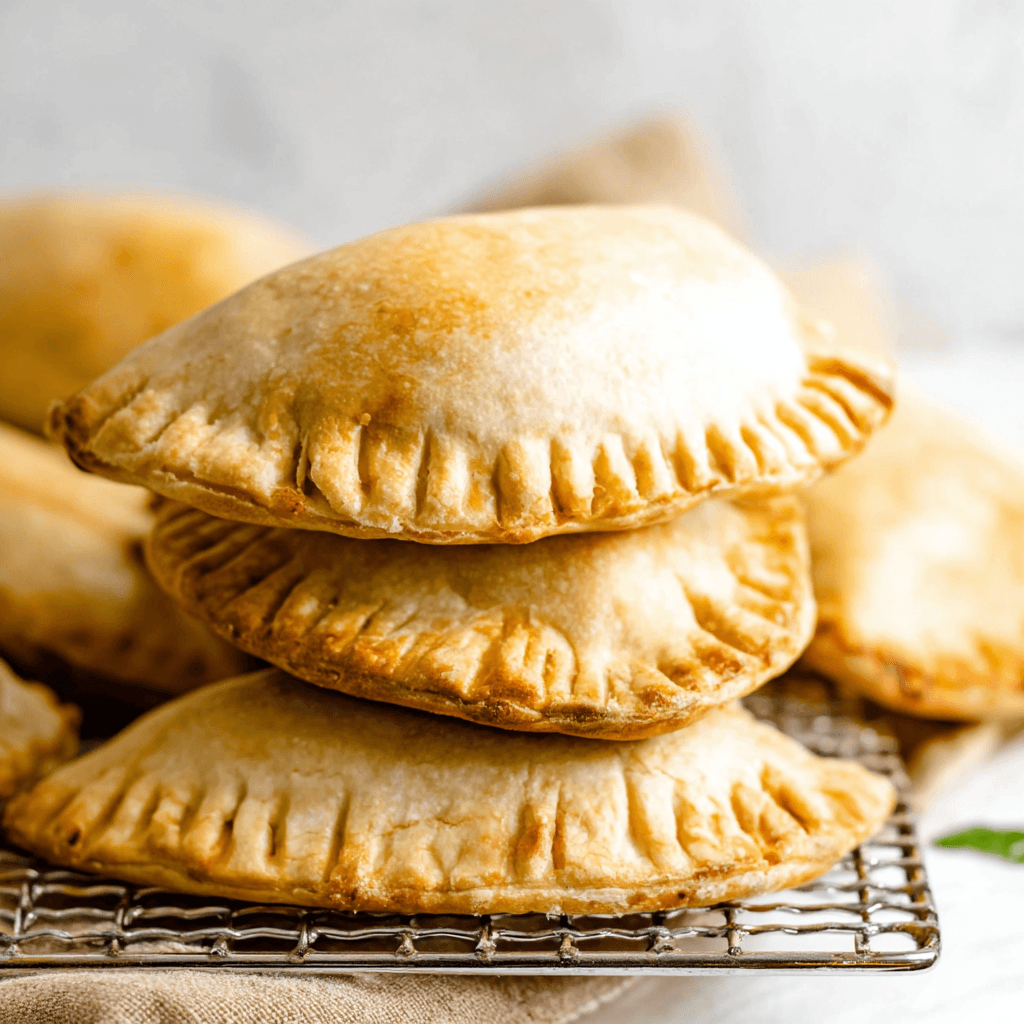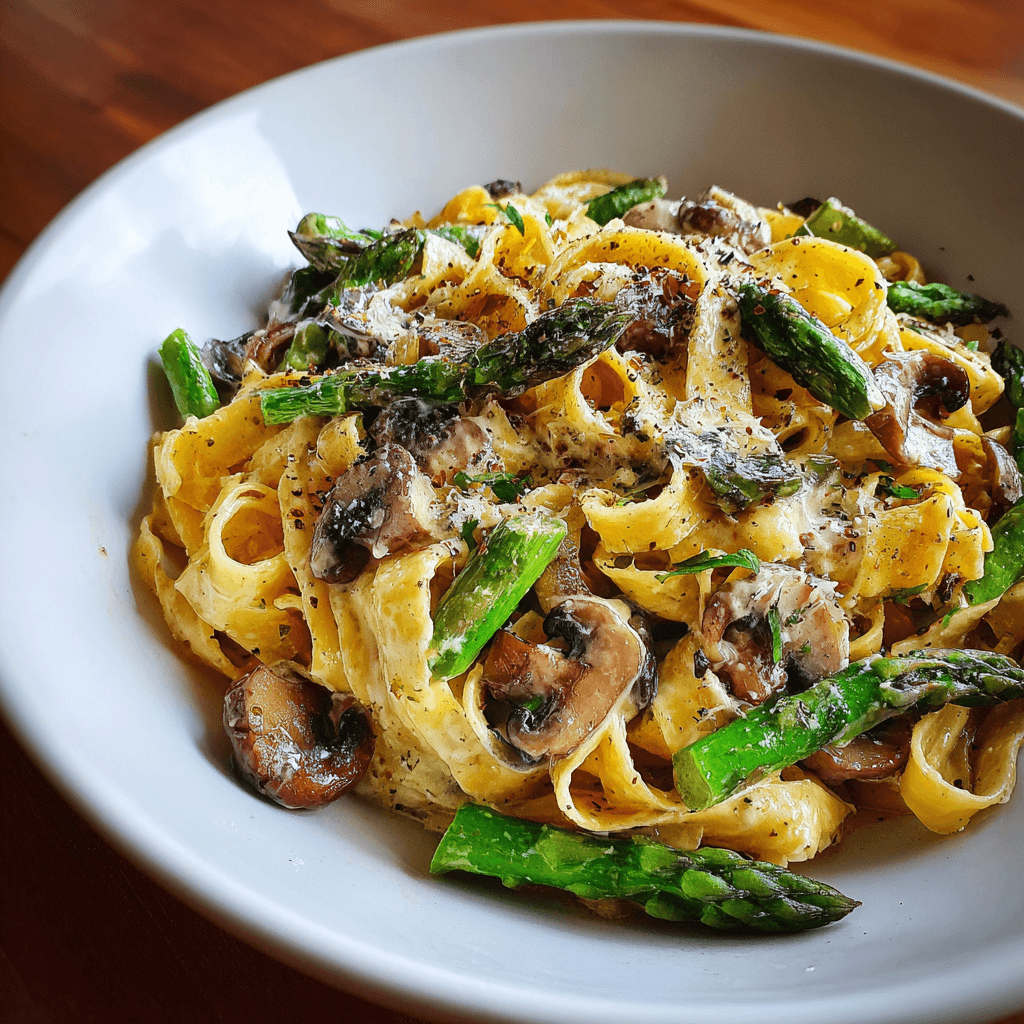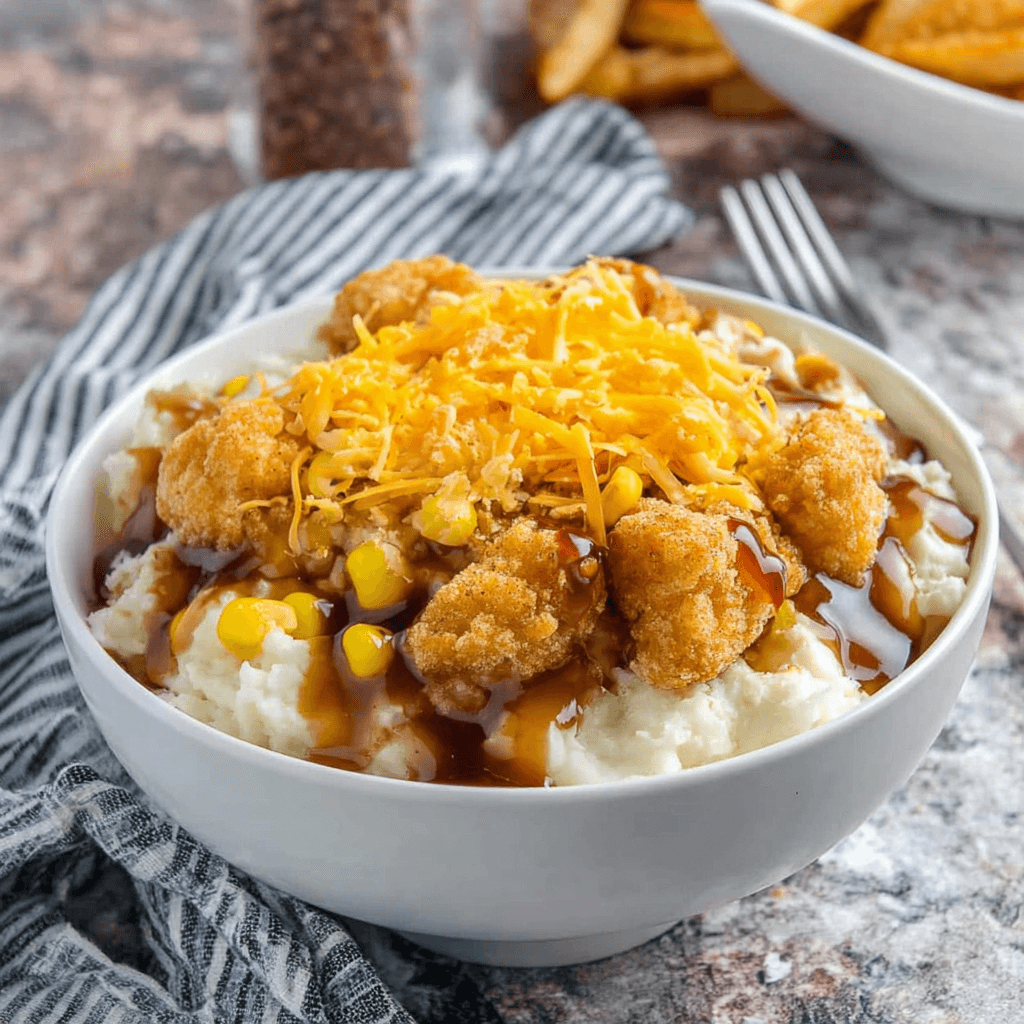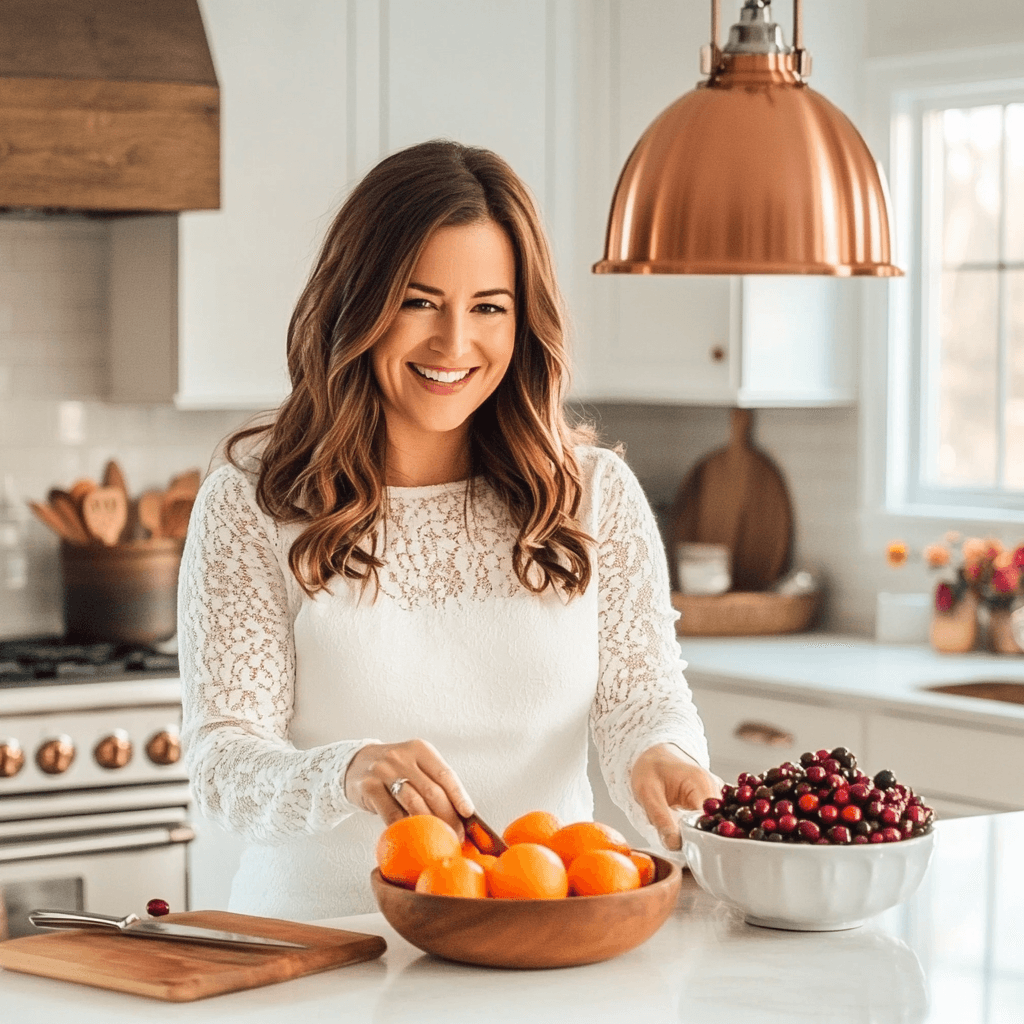Table of Contents
Introduction to Butterfinger Cake Recipe
What is Butterfinger Cake?
Butterfinger Cake Recipe is a rich and decadent dessert that combines the beloved flavors of chocolate, caramel, and the iconic Butterfinger candy bar. This cake typically consists of layers of moist chocolate cake, creamy fillings, and crushed Butterfinger pieces, which give it a delightful crunch and a burst of peanut-buttery sweetness. Often topped with whipped cream or a frosting layer, Butterfinger Cake is a popular choice for celebrations and gatherings due to its unique combination of textures and flavors.
Origins of the Recipe
The origins of Butterfinger Cake are rooted in American culinary creativity, often linked to the tradition of incorporating popular candies into desserts. It is believed to have emerged during the mid-to-late 20th century, when Butterfinger candy bars gained widespread popularity. Home bakers and recipe developers began incorporating the candy into various confections, including cakes, as a way to repurpose leftover candy bars or elevate simple desserts with the candy’s distinctive flavor. Over time, Butterfinger Cake became a beloved treat, with variations appearing in family recipe collections, church potlucks, and community cookbooks. Today, it stands as a testament to the ingenuity and love for sweet indulgences in modern baking.
Why Butterfinger Cake is a Crowd Favorite
Unique Flavor Profile
Butterfinger Cake is celebrated for its distinctive flavor profile that combines a harmonious blend of sweetness, crunch, and indulgence. The star of the show, the Butterfinger candy bar, adds a unique peanut-buttery toffee crunch that contrasts beautifully with the moist, rich chocolate cake layers. The addition of caramel or toffee drizzle further enhances the cake’s sweetness and depth of flavor, while whipped cream or creamy frosting balances the dessert with a light, airy texture. This fusion of flavors and textures creates a one-of-a-kind taste experience that leaves an unforgettable impression on the palate.
Popular Occasions for Serving
Butterfinger Cake is a versatile dessert that shines at a variety of occasions, making it a go-to choice for many gatherings. Its indulgent nature makes it a perfect centerpiece for celebrations such as birthdays, anniversaries, and holiday parties. It’s also a hit at casual get-togethers, potlucks, and barbecues, where its crowd-pleasing appeal and easy-to-serve format take center stage. Additionally, Butterfinger Cake is often chosen for bake sales and school events, where its recognizable flavor and eye-catching presentation ensure it quickly becomes a favorite among attendees.
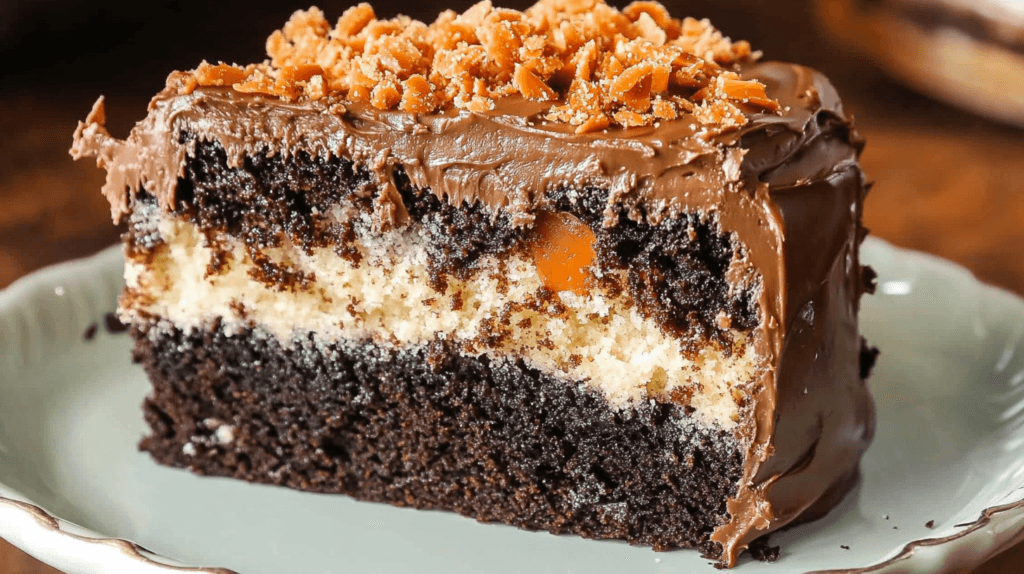
Ingredients You’ll Need
For the Cake
- 1 box chocolate cake mix (plus required eggs, oil, and water)
- 1 can (14 oz) sweetened condensed milk
- 1 jar (12 oz) caramel sauce
- 8 oz whipped topping (like Cool Whip)
- 5-6 Butterfinger candy bars, crushed
Optional Garnishes
- Extra caramel drizzle
- Chocolate syrup
- Chopped peanuts
For those who enjoy baking with unexpected ingredients, explore the Zucchini Cake Recipe.
Essential Kitchen Tools
Must-Have Tools
To prepare Butterfinger Cake with ease, ensure you have these essential kitchen tools:
- Mixing Bowl: For combining ingredients.
- Electric Mixer: To mix the batter and whipped toppings smoothly.
- Cake Pan: A 9×13-inch pan works best for this recipe.
- Spatula: For spreading layers evenly.
- Crushing Tool: A rolling pin or food processor for crushing Butterfinger bars.
Recommended Alternatives
If you don’t have the exact tools, try these alternatives:
- Hand Whisk: Instead of an electric mixer, though it may require more effort.
- Glass Dish: Use a casserole dish if a cake pan isn’t available.
- Ziplock Bag: Crush Butterfinger bars by placing them in a sealed bag and using a heavy object like a can or bottle.
- Knife and Cutting Board: For manual chopping of candy bars if a food processor isn’t handy.
Step-by-Step Preparation Guide
Preparing the Cake Base
- Preheat the Oven: Set your oven to the temperature specified on the cake mix box or your homemade recipe.
- Mix the Batter: Prepare the chocolate cake batter according to the instructions on the box or recipe. This typically involves combining the mix with eggs, water, and oil.
- Bake the Cake: Pour the batter into a greased 9×13-inch pan and bake until a toothpick inserted in the center comes out clean.
- Cool the Cake: Allow the cake to cool completely before proceeding to the next steps.
Crafting the Frosting
- Prepare Whipped Topping: If using pre-made whipped topping (e.g., Cool Whip), ensure it’s fully thawed.
- Customize Frosting (Optional): For added flavor, fold in peanut butter or a dollop of caramel sauce into the whipped topping or frosting of your choice.
- Chill the Frosting: Keep the frosting cool until ready to use.
Assembling the Layers
- Poke and Drizzle: Use the end of a wooden spoon or fork to poke holes across the cooled cake. Drizzle sweetened condensed milk and caramel sauce over the surface, letting it seep into the holes.
- Layer Crushed Butterfinger: Sprinkle a layer of crushed Butterfinger candy over the drizzled cake.
- Spread Frosting: Evenly spread the whipped topping or frosting over the candy layer.
- Top with Butterfinger Crumbles: Generously sprinkle the remaining crushed Butterfinger candy over the top for a decorative and flavorful finish.
- Chill and Serve: Refrigerate the cake for at least an hour to allow the flavors to meld before serving.
Tips for Perfecting Your Butterfinger Cake
Common Mistakes to Avoid
- Skipping the Cooling Step: Assembling the cake while it’s warm can cause the frosting to melt and layers to slip.
- Overmixing the Batter: This can lead to a dense cake texture. Mix just until ingredients are combined.
- Uneven Poking: Ensure holes are evenly spaced to allow the milk and caramel to distribute uniformly.
Pro Tips for a Flawless Finish
- Use Fresh Butterfingers: Fresh candy bars ensure the best crunch and flavor.
- Chill the Cake Overnight: For an even richer taste, let the cake chill overnight before serving.
- Layer Strategically: Reserve the finest crushed Butterfinger pieces for the top layer to create an appealing texture and presentation.
- Experiment with Add-ins: Incorporate ingredients like peanut butter or toffee bits for a personalized twist.
- Serve Cold: Butterfinger Cake tastes best when served chilled, as the layers set firmly and the flavors shine.
Variations of the Recipe
Gluten-Free Option
For a gluten-free Butterfinger Cake, you can make a few adjustments to the recipe:
- Gluten-Free Cake Mix: Use a gluten-free chocolate cake mix or bake a homemade gluten-free chocolate cake using almond flour or a gluten-free flour blend.
- Certified Gluten-Free Candy: Ensure the Butterfinger candy bars you use are labeled gluten-free, as some variations may contain traces of gluten.
- Thickening Alternatives: If using pudding in the recipe, choose a gluten-free pudding mix to maintain the texture and flavor.
For a classic chocolate dessert alternative, explore Chocolate Pound Cake Recipe.
Healthier Substitutes
If you want a lighter version of Butterfinger Cake, consider these substitutes:
- Low-Sugar Ingredients: Use a sugar-free cake mix and reduced-sugar caramel sauce to cut down on sweetness.
- Greek Yogurt Frosting: Replace whipped topping with a mixture of Greek yogurt and a touch of honey for a healthier, protein-rich frosting.
- Dark Chocolate: Swap milk chocolate cake for a dark chocolate version to reduce sugar and increase antioxidant content.
- Homemade Condensed Milk: Prepare a lighter version of sweetened condensed milk using skim milk and a sugar substitute like stevia.
Serving Suggestions
Ideal Pairings
Pair Butterfinger Cake with complementary treats and beverages to enhance the dessert experience:
- Ice Cream: Vanilla or caramel-flavored ice cream pairs beautifully with the cake’s flavors.
- Beverages: Serve with coffee, a creamy latte, or a chilled glass of milk to balance the richness.
- Fruit: Fresh berries or sliced bananas add a refreshing contrast to the cake’s decadence.
Presentation Ideas
Make your Butterfinger Cake visually appealing with these creative presentation tips:
- Layered Glass Dessert: Serve individual portions in clear glasses by layering cake pieces, whipped topping, and Butterfinger crumbles for a trifle-style treat.
- Drizzle Design: Use a squeeze bottle to artfully drizzle caramel or chocolate sauce over the top before serving.
- Butterfinger Garnish: Top each slice with a small piece of uncrushed Butterfinger for a professional touch.
- Color Contrast: Sprinkle a small amount of white chocolate shavings or powdered sugar on top to create an elegant contrast.
Storage Instructions
Refrigeration and Shelf Life
- Refrigeration: Butterfinger Cake should be stored in the refrigerator to keep it fresh and maintain its texture. Cover the cake tightly with plastic wrap or store it in an airtight container to prevent it from absorbing odors from other foods.
- Shelf Life: When properly refrigerated, Butterfinger Cake can last for 3 to 5 days. Be sure to check for any changes in texture or freshness before serving.
Freezing for Longer Storage
- Freezing Instructions: For extended storage, freeze the cake. Wrap individual slices or the entire cake in plastic wrap, then place it in a freezer-safe airtight container or heavy-duty freezer bag.
- Thawing: To enjoy frozen Butterfinger Cake, let it thaw in the refrigerator for several hours or overnight. This prevents condensation from making the frosting or toppings soggy.
- Shelf Life in Freezer: The cake can remain fresh in the freezer for up to 2 months.
Nutritional Information
Calorie Count per Serving
The calorie count for a standard serving of Butterfinger Cake (approximately 1 slice, assuming 12 slices per 9×13-inch cake) is estimated to be around 350-450 calories, depending on the specific ingredients and portion size.
Macronutrient Breakdown
Here’s an approximate breakdown for one serving:
- Carbohydrates: 40–50g (from cake mix, candy bars, and sweetened condensed milk)
- Protein: 3–6g (from eggs, milk, and any added toppings like Greek yogurt)
- Fat: 15–20g (from cake mix oil, candy bars, and whipped topping)
- Sugar: 25–35g (from candy bars, caramel sauce, and condensed milk)
Note: These values are approximate and can vary based on specific ingredients, brands, and portion sizes. For a more precise calculation, input your ingredients into a recipe nutrition calculator.
Pair Butterfinger Cake with Date Caramel Recipe for a healthier drizzle option.
Frequently Asked Questions
Can I Make This Recipe Ahead of Time?
Yes, Butterfinger Cake is an excellent make-ahead dessert! In fact, it often tastes better the next day as the flavors meld together in the refrigerator. Prepare the cake a day in advance, cover it tightly, and refrigerate until ready to serve.
How Do I Keep the Cake Moist?
To keep the cake moist:
- Poke holes evenly across the cake and ensure the sweetened condensed milk and caramel sauce seep into all layers.
- Cover the cake tightly with plastic wrap or store it in an airtight container to prevent it from drying out.
- Refrigerate the cake immediately after assembly.
What Can I Use as a Substitute for Butterfingers?
If Butterfinger candy bars are unavailable or you want a different flavor, try these substitutes:
- Heath Bars: For a toffee-like crunch.
- Reese’s Pieces or Cups: To retain the peanut butter flavor.
- Snickers: For a caramel and peanut twist.
- Crushed Peanut Brittle: As a crunchy alternative.
Can I Use a Boxed Cake Mix Instead of Baking from Scratch?
Absolutely! Using a boxed chocolate cake mix is a convenient and popular option for Butterfinger Cake. It saves time without compromising the dessert’s overall taste. Just follow the instructions on the box for the cake base.
Is Butterfinger Cake Suitable for Vegans?
Butterfinger Cake is not traditionally vegan due to ingredients like eggs, dairy, and Butterfinger candy bars. However, it can be adapted:
- Cake Base: Use a vegan chocolate cake recipe or a boxed vegan cake mix.
- Frosting: Replace whipped topping with coconut whipped cream or a vegan frosting.
- Candy Substitute: Use a vegan-friendly candy bar or crushed peanut butter cookies for a similar texture and flavor.
- Condensed Milk: Swap with coconut condensed milk or a homemade vegan alternative.
How Can I Transport This Cake Safely?
To transport Butterfinger Cake:
- Secure the Cake: Use a cake carrier with a lid or place the cake in a sturdy container with a tight-fitting cover.
- Keep It Cool: Since the cake contains whipped topping and caramel, transport it in a cooler with ice packs if traveling a long distance.
- Prevent Movement: Place a non-slip mat or towel under the cake container to keep it steady during transit.
With these tips, your Butterfinger Cake will arrive intact and ready to impress!
Conclusion
Why You Should Try This Recipe Today
Butterfinger Cake is a dessert that brings joy to every bite with its unique blend of flavors, textures, and sheer indulgence. It’s a crowd-pleaser, perfect for any occasion, from family gatherings to potlucks or just a cozy night in. The recipe is versatile, allowing you to tailor it to your dietary needs or personal preferences, and it’s simple enough for bakers of all skill levels to master.
Whether you’re a fan of chocolate, caramel, or the irresistible crunch of Butterfinger candy, this cake is a delightful treat that promises to satisfy your sweet tooth. So why wait? Gather your ingredients, embrace the delicious creativity, and try this recipe today—you’re guaranteed to create a dessert that will leave everyone asking for seconds!


